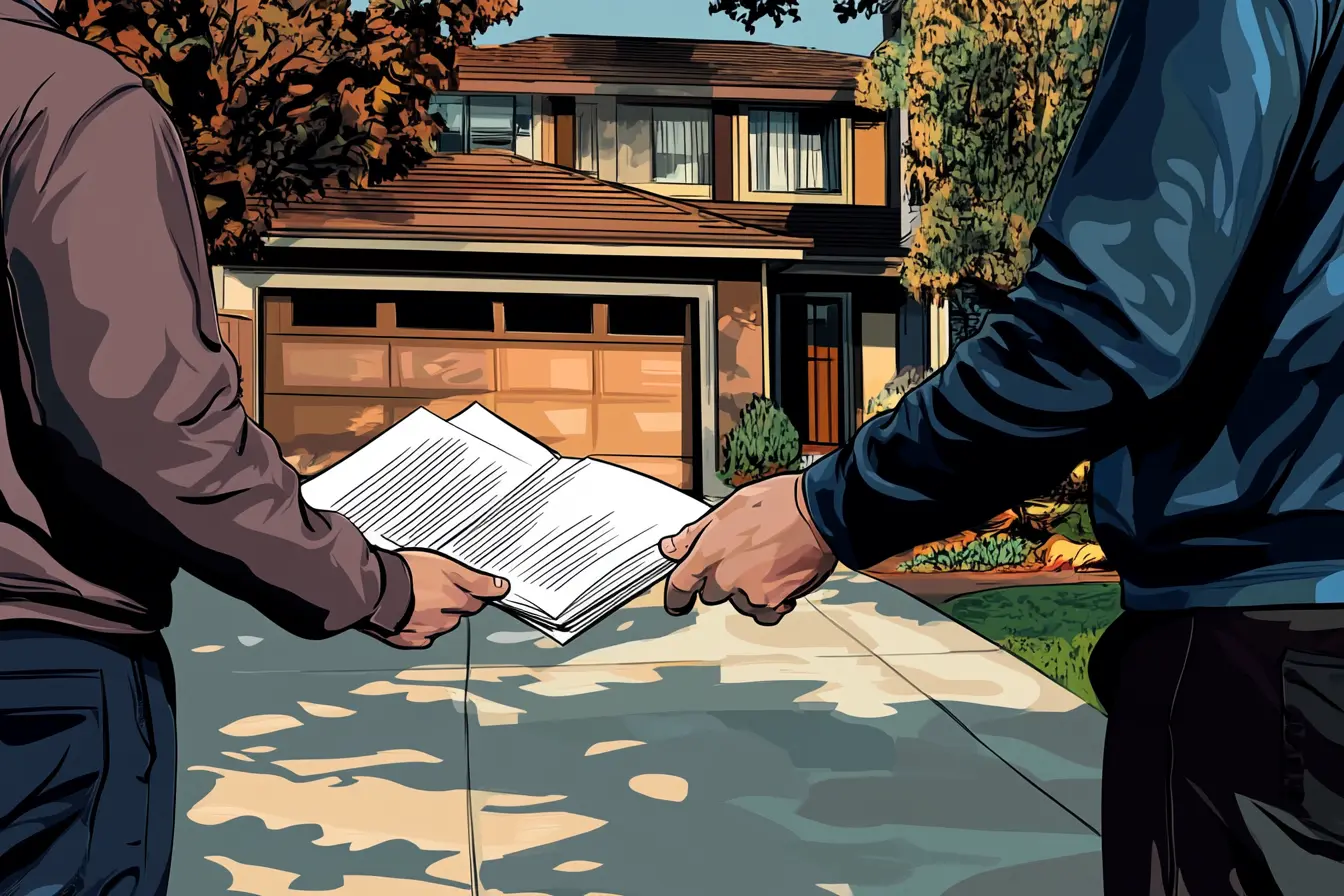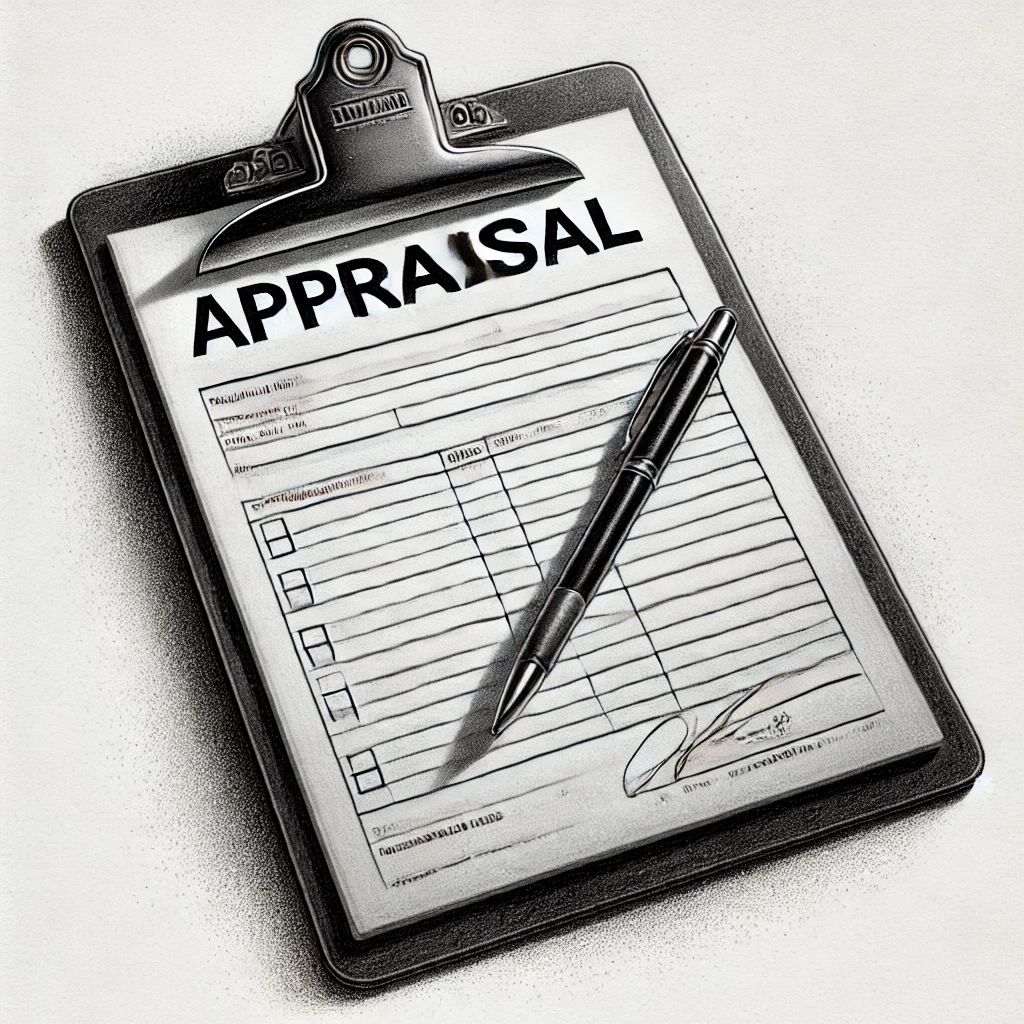Understanding Offers in Real Estate: What’s Included and Key Contingencies

Making or receiving an offer on a home or property is a critical step in the real estate process. Whether buying or selling, understanding how offers are structured and what contingencies can be included ensures a smooth transaction. A well-written offer outlines key financial and legal terms, protecting both the buyer and seller throughout the transaction.
This article provides a deep dive into real estate offers, explaining their essential components and detailing the most common contingencies that can affect the outcome of a sale.
1. Key Components of a Real Estate Offer
A real estate offer (also called a purchase agreement - look to our downloadable docs section on our website for a sample agreement) is a legally binding document that outlines the buyer’s proposed terms for purchasing the property. While each offer may vary based on state laws and negotiations, certain key elements are always included.
Essential Elements of an Offer
Component | Description |
|---|---|
Purchase Price | The amount the buyer is offering to pay. |
Earnest Money Deposit | A good-faith deposit (typically 1-3% of purchase price) to show serious intent. |
Down Payment | The amount of cash the buyer will contribute toward the home. |
Mortgage/Financing Terms | Whether the purchase is cash or loan-based, and any financing contingencies. |
Closing Costs & Commission | Specifies who pays closing costs and real estate agent commissions. |
Closing Date | The target date to finalize the sale and transfer ownership. |
Contingencies | Conditions that must be met for the sale to proceed (e.g., inspection, financing, insurance). |
“As-Is” Clause | Indicates if the buyer is purchasing the home without requiring repairs. |
Appraisal Requirements | Ensures the home’s value aligns with the agreed price. |
More info: How to Structure a Real Estate Offer - National Association of Realtors
2. Common Contingencies in a Real Estate Offer
Contingencies are conditions that must be met before the sale is finalized. If any of these contingencies are not satisfied, the buyer may have the right to withdraw from the contract without penalty.
Major Contingencies in Real Estate Offers
1. Home Sale Contingency (Finding a Replacement Home)
This contingency applies when a buyer needs to sell their existing home before completing the new purchase. It is most common for buyers who rely on proceeds from their current home to afford the new one.
Pros & Cons
Pros | Cons |
Protects buyers from owning two homes at once. | Sellers may reject offers with this contingency due to uncertainty. |
Allows buyers time to sell their home without financial risk. | Buyers may need to offer a higher price to make their bid competitive. |
More info: Selling and Buying a Home at the Same Time - Realtor.com
2. Mortgage & Loan Contingency
A financing contingency ensures the buyer can obtain a mortgage loan before the sale closes. If the buyer is unable to secure financing, they can withdraw their offer without penalty. Check out our Rallybacks for more information about mortgages.
Key Aspects of Mortgage Contingencies
Buyers must apply for a mortgage within a specific time frame.
The loan must be approved before closing.
If financing falls through, the buyer may be able to terminate the contract.
More info: Understanding Mortgage Approval Process - Consumer Financial Protection Bureau

3. Homeowners Insurance Contingency
Lenders often require buyers to secure an insurance Policy before closing. This contingency allows buyers to back out if they cannot obtain adequate coverage due to factors such as:
Property being in a high-risk disaster zone (e.g., wildfire, flood-prone areas).
The home having prior insurance claims that make coverage expensive or unavailable.
Structural risks that make insurers hesitant to provide a policy.
Lack of available coverage due to market factors.
More info: How to Secure Homeowners Insurance Before Closing - Insurance Information Institute
4. Home Inspection Contingency
A home inspection contingency protects buyers by allowing them to cancel the contract or renegotiate the price if significant issues are found during the inspection.
Common Issues Found in Inspections
Category | Potential Problems |
Structural | Foundation cracks, roof damage. |
Electrical & Plumbing | Faulty wiring, leaky pipes. |
Environmental | Mold, Asbestos, Radon gas. |
If significant issues are found, the buyer can:
Request repairs or credits from the seller.
Walk away from the deal if the home has major structural problems.
Renegotiate the price based on repair estimates.
More info: Home Inspection Guide - American Society of Home Inspectors

5. Appraisal Contingency
If a buyer is financing the purchase, lenders require an appraisal to confirm the home’s market value aligns with the loan amount.
Possible Outcomes of an Appraisal
Scenario | What Happens? |
Appraisal Matches Purchase Price | No issue; loan approval proceeds. |
Appraisal is Lower Than Offer Price | Buyer may need to cover the gap, renegotiate, or cancel the deal. |
Appraisal is Higher Than Offer Price | No impact; buyer benefits from built-in equity. |
More info: Lender Requirements for Home Appraisals - Federal Housing Administration
6. Title Contingency
A title search ensures the property is free of ownership disputes, unpaid liens, or legal claims.
If issues arise, they must be resolved before closing.
Buyers can withdraw from the purchase if a clear title cannot be provided.
More info: Why Title Insurance Matters - American Land Title Association
3. Negotiating Offers and Contingencies
Sellers may counteroffer to adjust contingencies, especially in competitive markets.
Common Negotiation Strategies
Buyer Strategy | Seller Response |
Offers lower price but includes more contingencies | Seller may counter with a higher price or remove contingencies. |
Offers above asking price to beat competition | Seller may accept quickly but still require an appraisal. |
Includes fewer contingencies for a stronger offer | Seller is more likely to accept. |
4. Finalizing the Offer and Closing the Deal
Once both parties agree to terms, they sign a purchase agreement, and the process moves to Escrow and closing.
Final Steps Before Closing
Final Walkthrough – Buyer verifies property condition.
Lender Issues Final Loan Approval – Ensures all mortgage conditions are met.
Sign Closing Documents – Buyer and seller finalize legal paperwork.
Transfer of Ownership – Buyer receives the keys!
Wrap Up
Understanding real estate offers and contingencies is essential for both buyers and sellers. Contingencies protect buyers from unexpected issues, while sellers must balance flexibility and risk when accepting offers.
Key Takeaways
Offers include price, closing terms, and contingencies.
Financing, inspection, and appraisal contingencies protect buyers.
Sellers can negotiate terms to create a stronger deal.
Loti public adjusters can assist in insurance-related purchase contingencies.
By understanding how offers work and which contingencies matter, buyers and sellers can navigate real estate transactions successfully.